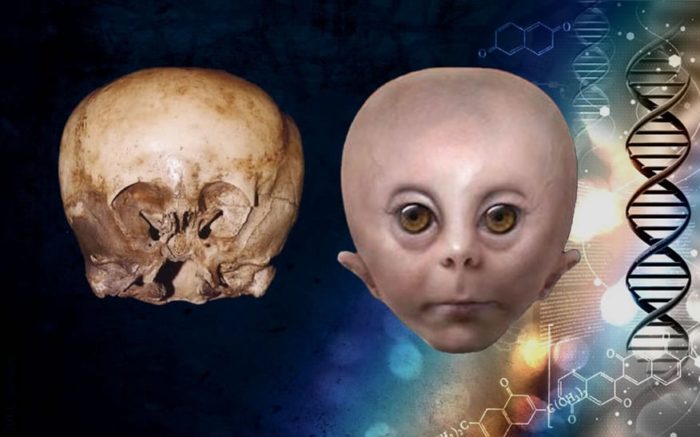
Will This Extraordinary “Starchild” Skull Prove the Existence of Extraterrestrial Life on Earth?
- By
- November 17, 2016
- September 28, 2021
- 10 min read
- Expert Opinion
- 3
- Posted in
- Conspiracy Theory Analysis, Unsolved & Unexplained
The results of testing a very odd-looking skull dubbed the Starchild Skull is arguably the closest science — publicly disclosed science, at least — has yet come to answering the question of whether a human-extraterrestrial hybrid being has ever existed on Earth. DNA testing could prove it beyond doubt. The skull has a fascinating, if somewhat unverified, provenance. It was discovered in the 1930s by a teenage girl on vacation in the Copper Canyon area of Mexico. She claims she went exploring and came across a long-abandoned mine tunnel in which she found a complete human skeleton lying on its back. Even more unusual was that to its side she saw a mound of dirt with an arm bone protruding from it attached to hand bones which...
Fact Checking/Disclaimer
The stories, accounts, and discussions in this article may go against currently accepted science and common beliefs. The details included in the article are based on the reports, accounts and documentation available as provided by witnesses and publications - sources/references are published above.
We do not aim to prove nor disprove any of the theories, cases, or reports. You should read this article with an open mind and come to a conclusion yourself. Our motto always is, "you make up your own mind". Read more about how we fact-check content here.
Copyright & Republishing Policy
The entire article and the contents within are published by, wholly-owned and copyright of UFO Insight. The author does not own the rights to this content.
You may republish short quotes from this article with a reference back to the original UFO Insight article here as the source. You may not republish the article in its entirety.
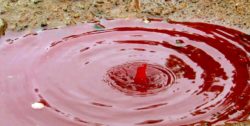
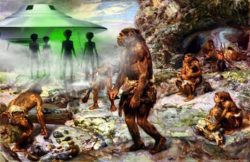
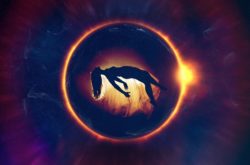
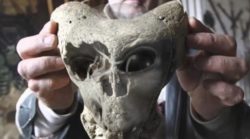
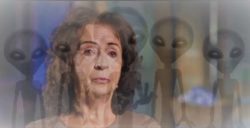
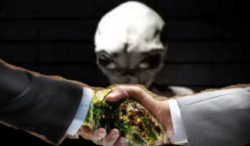
3 Comments
UFO Insight does not take responsibility for the content of the comments below. We take care of filtering profanity as much as we can. The opinions and discussion in the comments below are not the views of UFO Insight, they are the views of the individual posting the comment.
Newest comments appear first, oldest at the bottom. Post a new comment!
Where is the Skull and what has been done since Lloyds passing, update please.
Blesings in truth from Eire
In 2013 I was able to get the skulls back. I found a new investigator Chase Kloetzke. She took the skull to the osteology museum and compared the star child with 100s of skulls. She found that many of Lloyd’s claims were false.
She was able to find a lab that did ancient DNA analysis. In 2016 the DNA results concluded that the Starchild is human. In 2017 I repatriated the skull back to Mexico where it came from. Now the Starchild is home and can rest in peace
I think the graph of the genes should also include a cat.